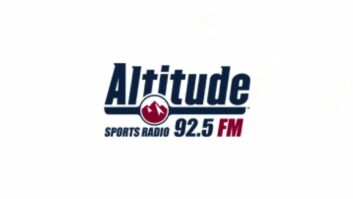The deadline is closing soon, and not many comments have been filed on a petition that station owner Matt Wesolowski of SSR Communications says would make it easier for short-spaced commercial FMs to upgrade their facilities.
The FCC is taking comments on his petition, RM-11643, which proposes to eliminate the second hypothetical allotment site requirement for commercial FMs in minor mod applications.
Thomas Spencer supports the petition, writing, “With the improvements in methodology and engineering in the past quarter-century, there is no reason for non-reserved band licensees to have different, and onerous, additional burdens when seeking to improve their facilities.”
Calvary Chapel of Costa Mesa says it filed an earlier petition to modify 73.215 to eliminate an anomaly that occurs when applicants are required to assume, falsely, that an antenna is underground. Its proposed modification only affects facilities or allotments operating above the HAAT for their class in mountainous areas. Those facilities would no longer be maximized under Calvary’s proposal, resulting in an underground antenna center of radiation.
Calvary Chapel wants the commission to rule on that petition (RM-11620) before making a decision on SSR’s; however it does say that if the FCC agrees with SSR and changes the rule, that action would correct the underground antenna anomaly.
SSR’s own proposal is wider in scope. The concept of maximum facilities would be eliminated entirely except for vacant allotments. All authorized facilities would get protection for their currently licensed facilities, using contour protection and no separation table.
And finally, broadcast engineer and former station owner Dana Puopolo also supports SSR’s concept but says it doesn’t go far enough. Puopolo proposes the commission examine every FM allotment rule, saying they work strictly on mileage separation and limit the number of possible FM allocations.
“For example, in an FM allotment proceeding frequently a mutually exclusive counterproposal is filed, requiring the commission to decide which proposal is ‘more’ in the public interest. Even after the commission makes a decision, frequently there are requests for reconsideration and other appeals, meaning that it sometimes takes years to allot an FM channel to a deserving community. By increasing flexibility in the FM allotment process, none of these things need to happen,” he states.
Puopolo proposes that FMs use the “where will it fit” allotment philosophy that AMs use, which he details in section 4 of his filing. While acknowledging that current, larger FM owners probably won’t like this system, Puopolo says with radio “under assault” from all manner of new devices, anything the commission can do to make radio more vital is in the public interest.












